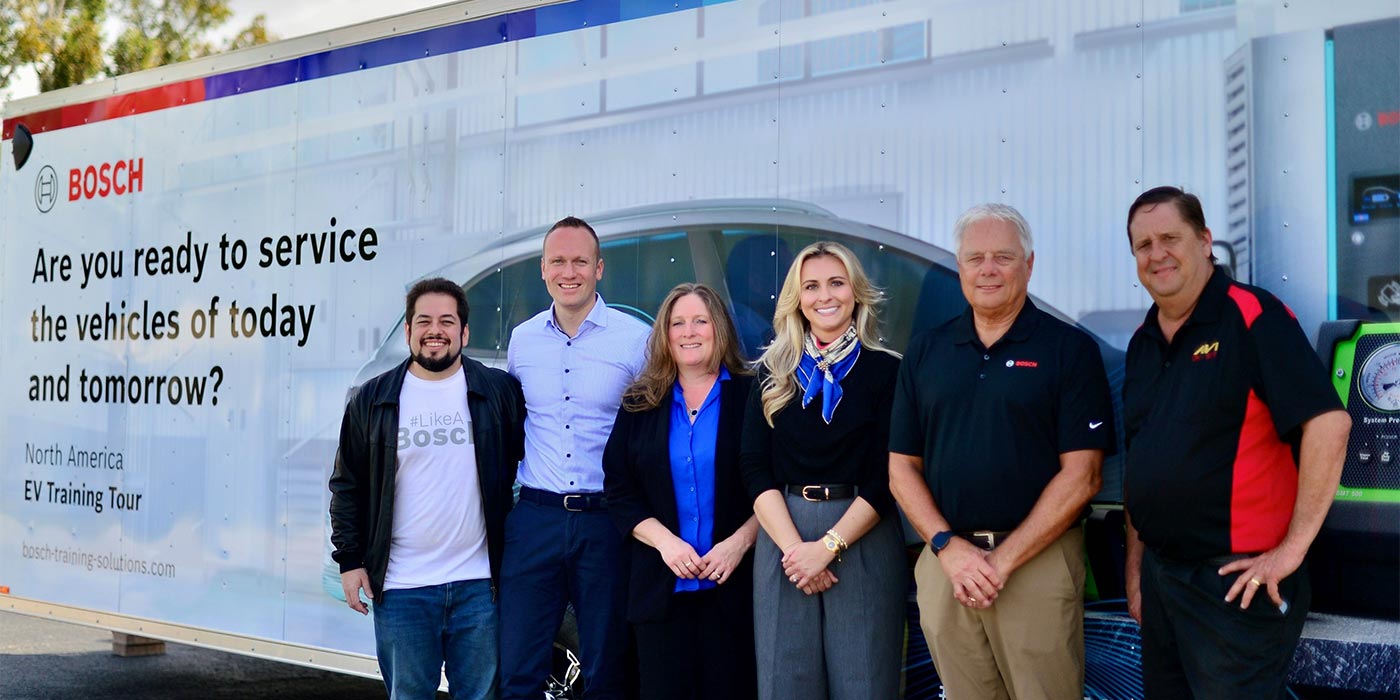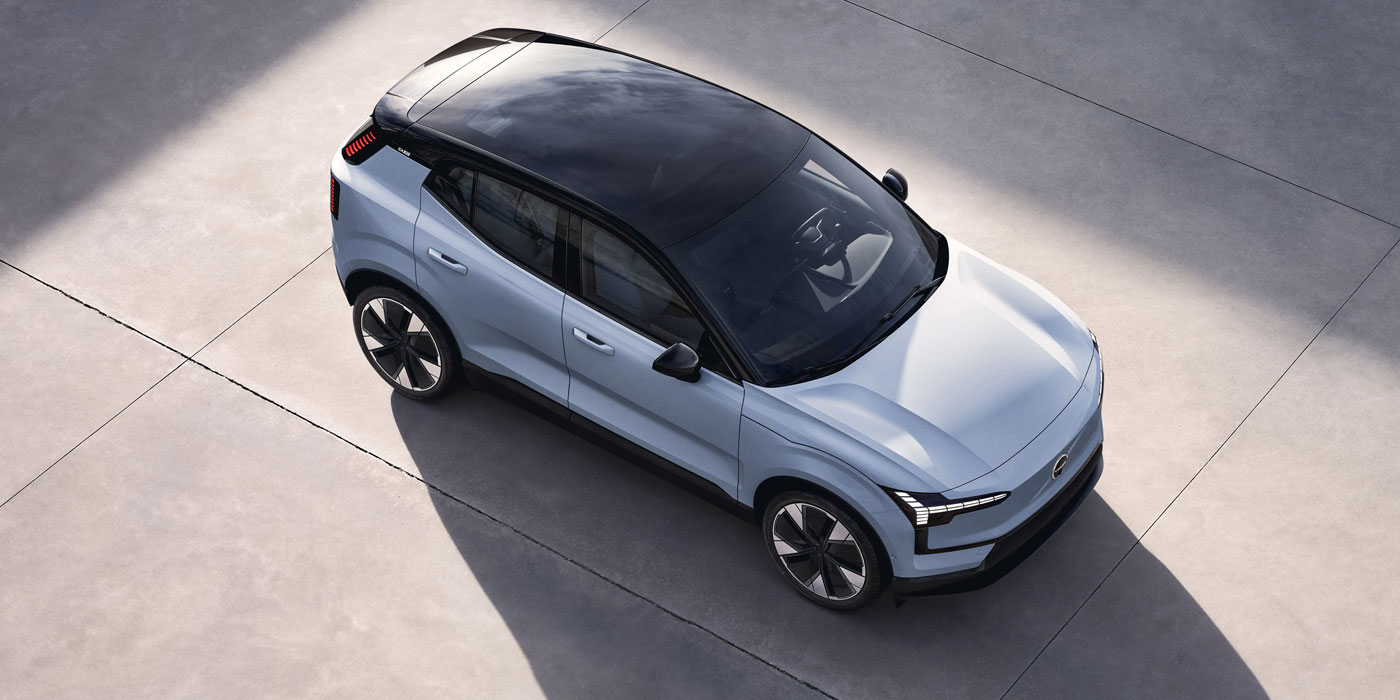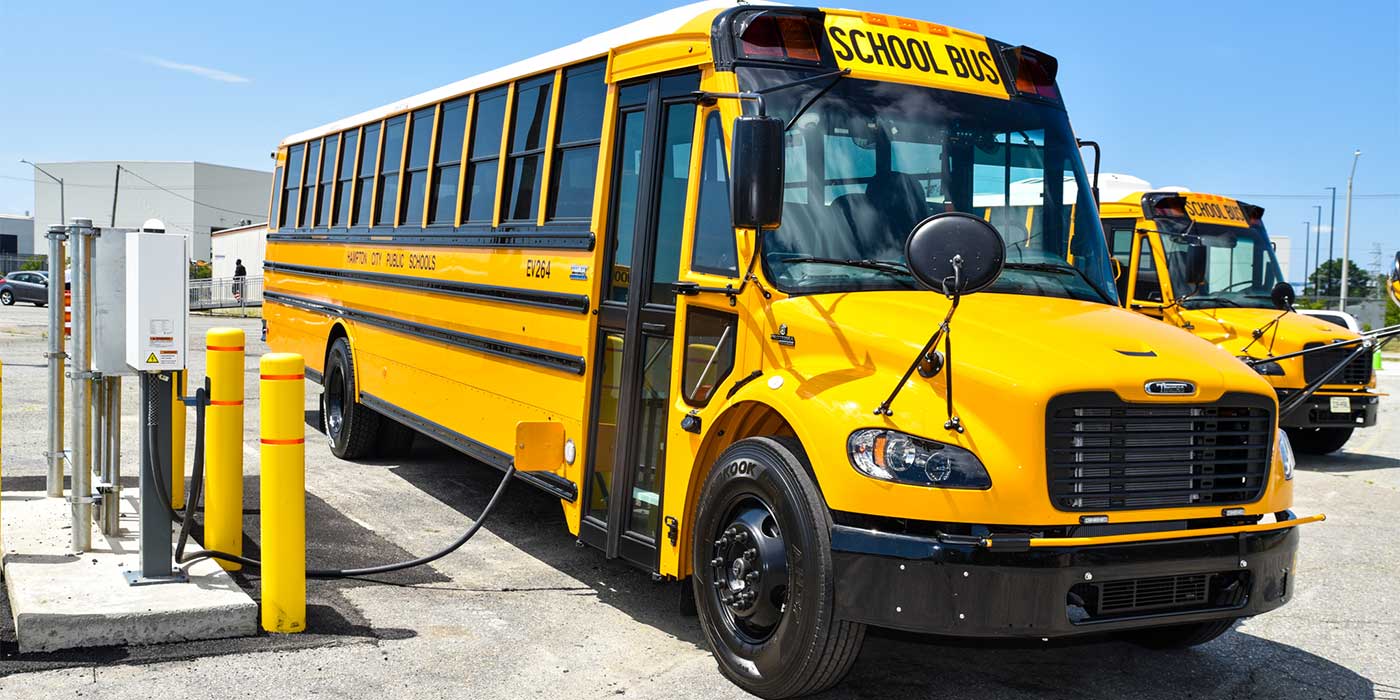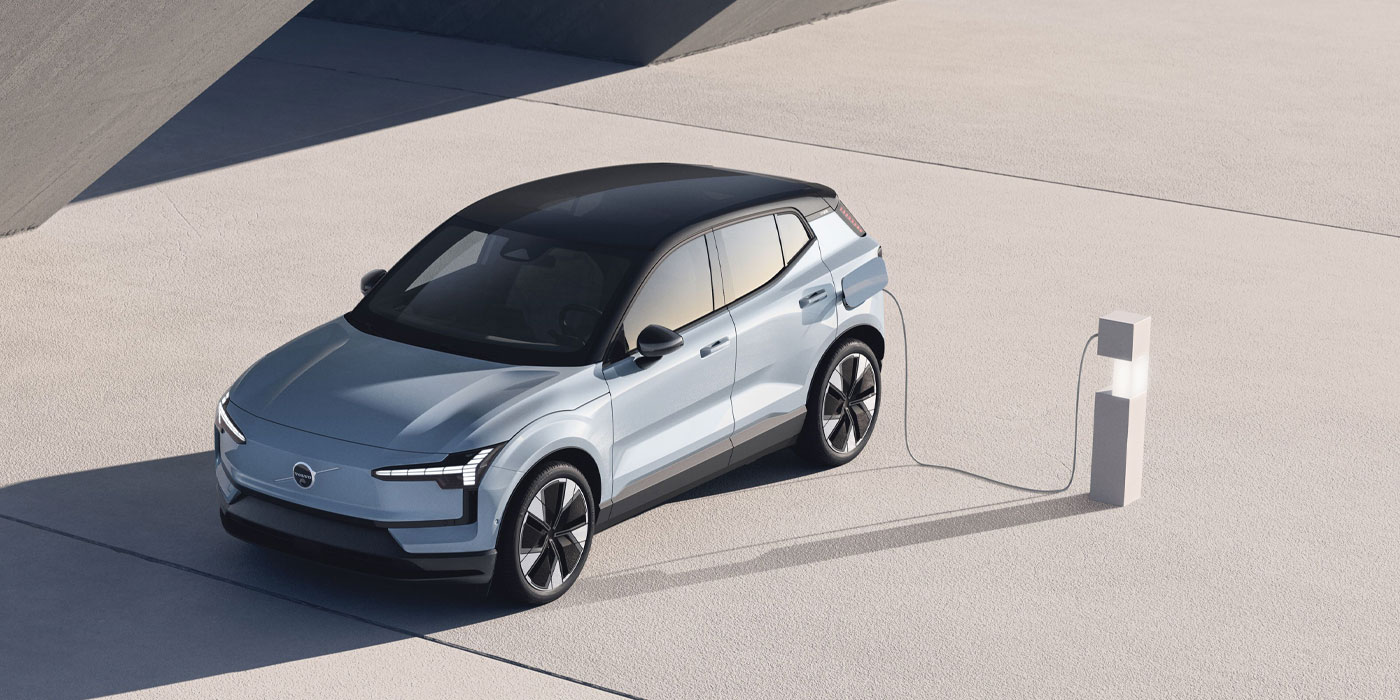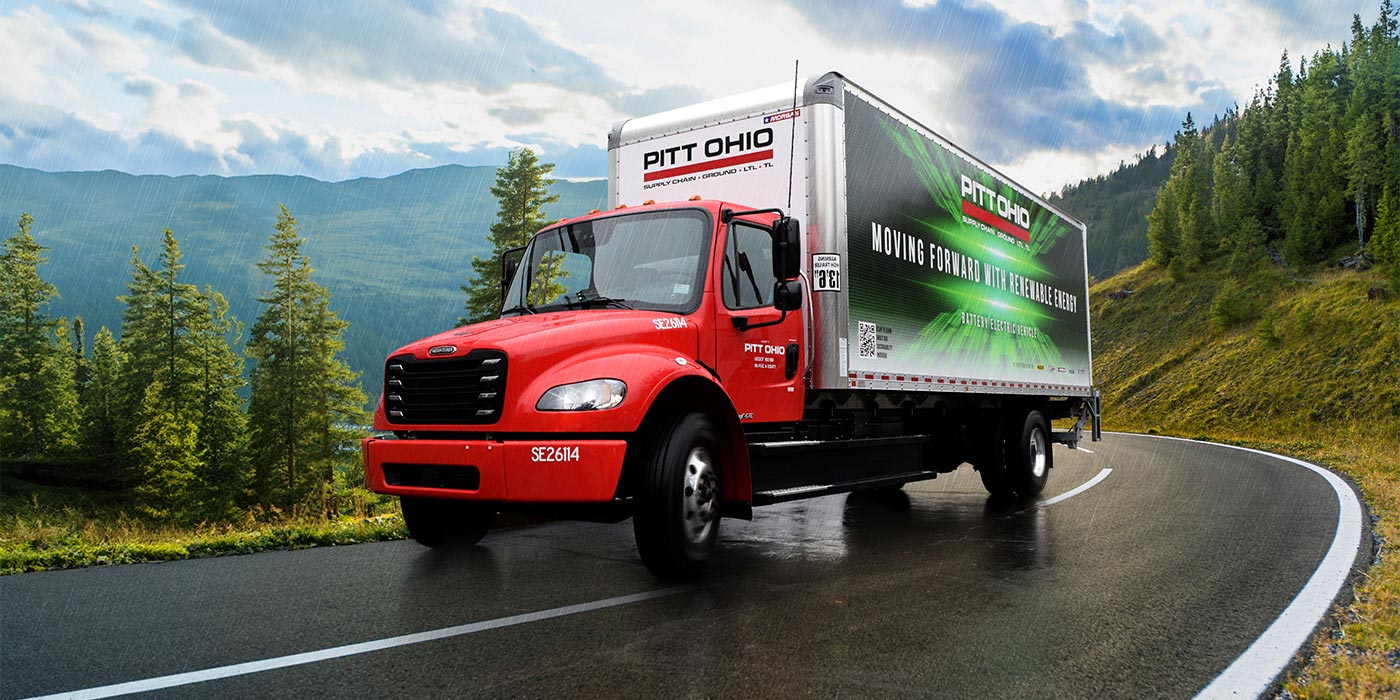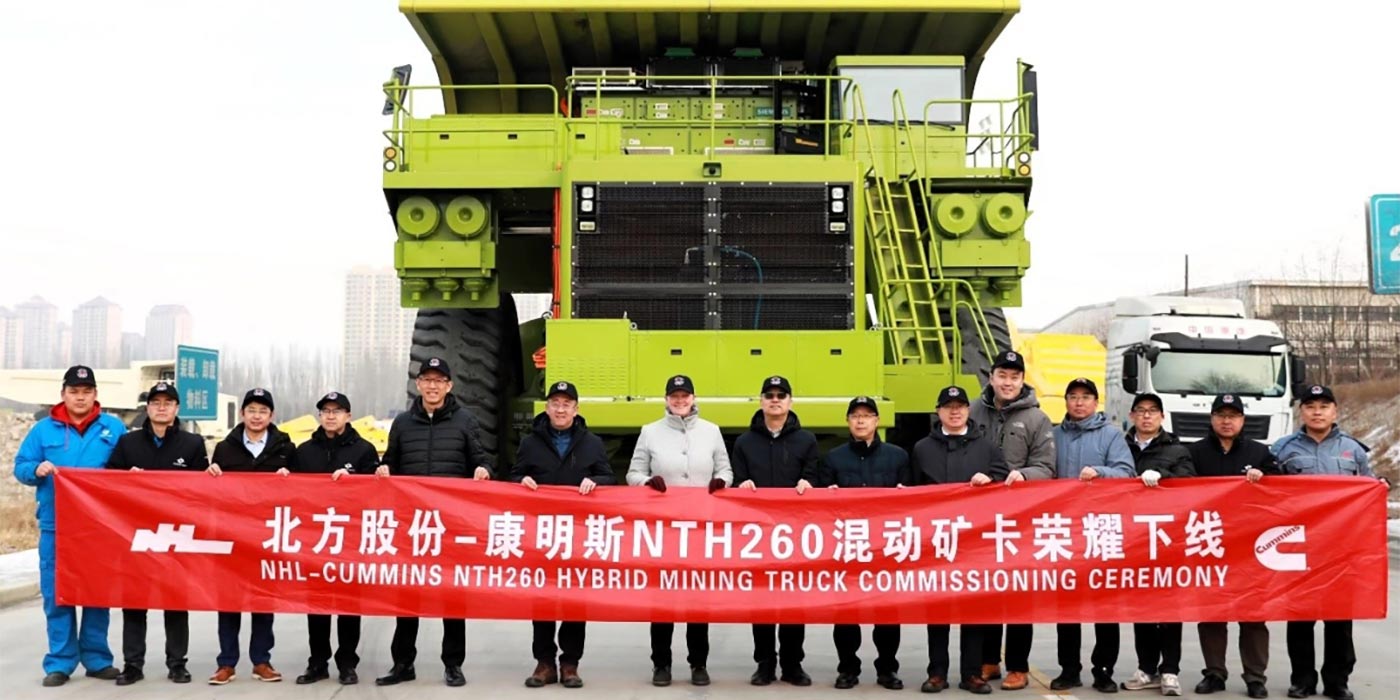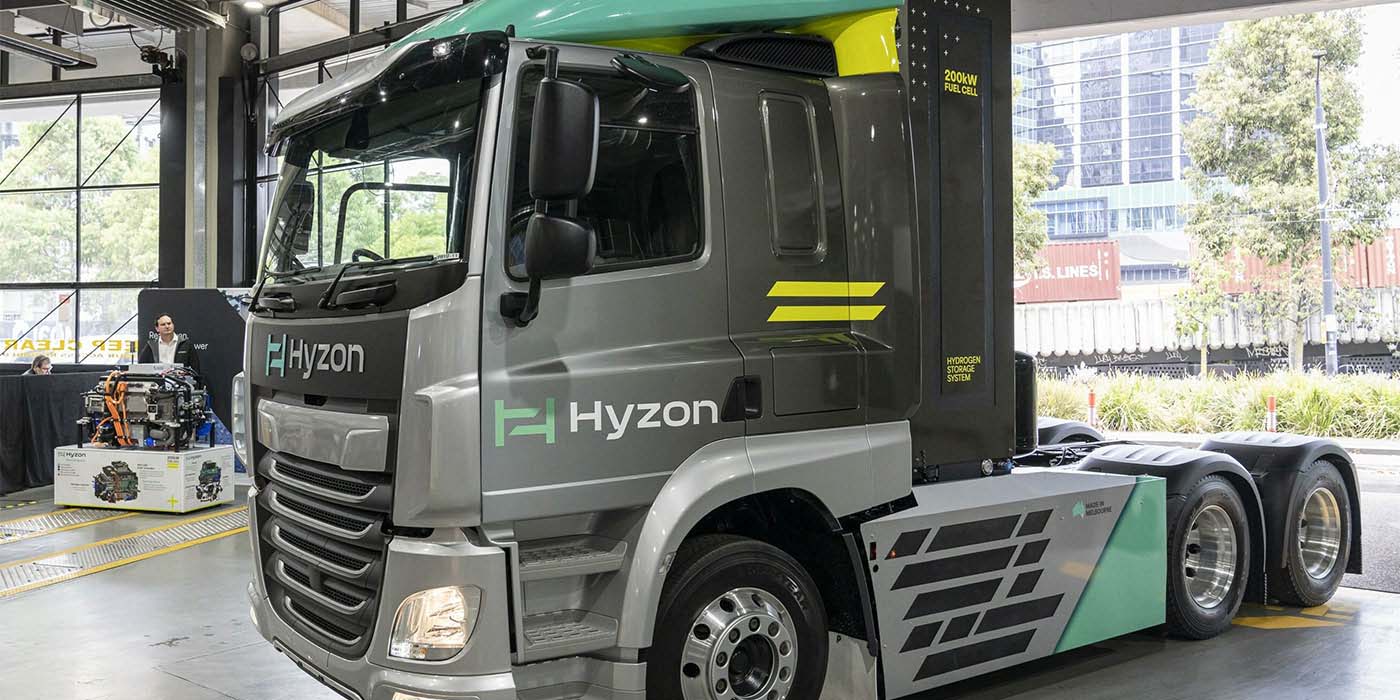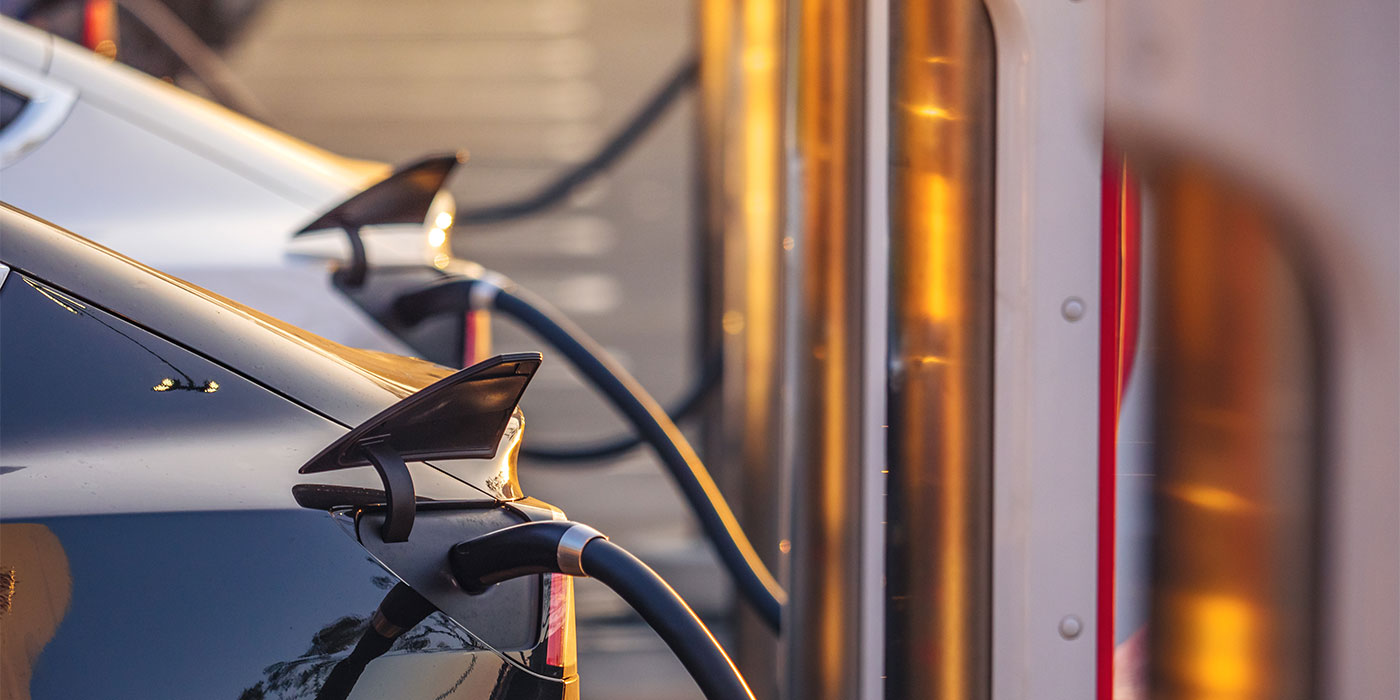With the popularity of EVs accelerating, tire makers are now offering tires that are specifically engineered to enhance the performance of EVs and support the growth of the market. But the big question is – how exactly does an EV tire differ from a regular tire?
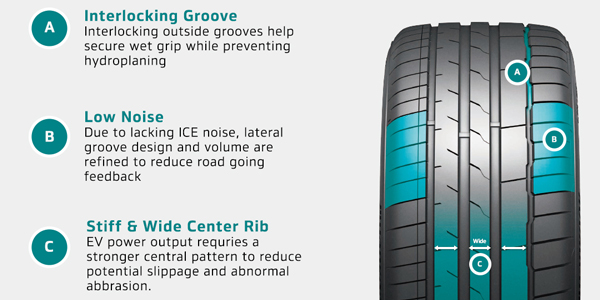
- Noise Reduction: Since EVs don’t have an engine, they create virtually no noise when being driven. Therefore, one of the most important requirements of an EV tire is that it reduces as much road noise as possible in order to maintain the quietness of the ride. Noise reduction can be achieved through design and manufacturing techniques such as specialized tread patterns and sound-absorbing foam and rubber compounds.
- Withstands Heavy Weight: EV tires are built to withstand the heavier weight of EV vehicles, which are generally 10-20% greater than that of their ICE counterparts. If an EV drove on regular tires, the tires would wear more quickly EV-specific tires are built to withstand the heavier load, making them essential for optimal performance.
- Strong Traction: Since EVs have strong initial acceleration and high output from the moment a driver steps on the pedal, EV tires must also have stronger traction, steering, and braking performance. To provide this necessary grip, EV tires are designed with specific stiff and wide center rib patterns to reduce potential slippage and abnormal abrasions, and interlocking grooves in the tread pattern prevent hydroplaning and compensate for the increase in torque.
- Enhanced Durability: Specific tire compounds are also necessary to support the unique driving experience of an EV. Aqua Pine compounds (which contain raw materials such as high loading resin and silica extracted from conifer trees and vegetables) are a key component to developing EV-specific tire products. With inherent durability improvements, the stronger and more durable compound better assists the power delivery and driving characteristics of an EV over conventional compounds.
- Reduced Rolling Resistance: Another important factor in the development of EV tires is reducing rolling resistance. Essentially, lower rolling resistance leads to less energy loss, therefore increasing battery efficiency. During the manufacturing process, a number of different techniques can be used to achieve low rolling resistance, such as the type of rubber compound used and applying rigid design patterns, tire profiles, and structures.
Byeongho Seo is project leader, sustainable & future material development project at Hankook Tire


